Additional notes (click to expand)
Medicinal
Prescription only medicine: Metformin
Culpeper: ‘... resists poison, kills worms, resists the falling sickness, resisteth the pestilence.’
Culpeper, Nicholas. (1650). A Physical Directory . London, Peter Cole.
"Galegine was isolated as an active anti-hypoglycaemic agent [from this plant] ... provided the template for the synthesis of metformin" This is an important medicine in the management of Type 2 diabetes.
Fabricant, D S and Farnsworth, N R. (2001) 'The value of drugs used in Traditional Medicine for Drug Discovery'. Environmental Health Perspectives 109:suppl 1: 69-75
Nomenclature
Now grown as Galega officinalis L. f. alba
Earlier name is Ruta capraria
Turner, William (1568) Herball. Collen, Arnold Birckman part 3, page 32
Family name changed from Papilionaceae to Fabaceae. Name reverted back from Galega officinalis f. alba.
http://www.plantsoftheworldonline.org/ http://plantsoftheworldonline.org/taxon/urn:lsid:ipni.org:names:495681-1
link
Other use
Galega officinalis L. Goat's Rue. Distribution: Central and Southern Europe, Asia Minor. Goat’s Rue – C & S Europe, Asia Minor. Culpeper (1650) writes that it ‘... resists poison, kills worms, resists the falling sickness [epilepsy], resisteth the pestilence.’ Galega officinalis contains guanidine which reduces blood sugar by decreasing insulin resistance and inhibiting hepatic gluconeogenesis.. Metformin and Phenformin are drugs for type II diabetes that rely on this group of chemicals, known as biguanidines. Its name gala, meaning milk plus ega meaning 'to bring on', refers to its alleged property of increasing milk yield, and has been used in France to increase milk yield in cows. 'Officinalis' refers to its use in the offices of the monks, and is a common specific name for medicinal plants before 1600 and adopted by Linnaeus (1753). The fresh plant tastes of pea pods.
Oakeley, Dr. Henry F. (2013). Wellcome Library notes.
link
Parkinson (1640) says it is effectual against the bites of venomous snakes, and all infections from plague to small pox both as a preventative and a cure and to treat intestinal worms. Chickens which eat it get fat and lay more eggs.
Parkinson, John (1640) 'Theatrum Botanicum' London, Thomas Cotes page 418
Lyte (1578) adds that children are given the juice to drink as an antidote to epilepsy ('against the falling sickness').
Lyte, Henry. (1578). Nievve Herball or Historie of Plantes. page 491
Geographical distribution
- Africa, Northern Africa, Algeria
- Africa, Northern Africa, Morocco
- Asia-Temperate, Western Asia, Turkey
- Asia-Tropical, Indian Subcontinent, Pakistan
- Europe, Middle Europe, Austria
- Europe, Middle Europe, Germany
- Europe, Middle Europe, Hungary
- Europe, Middle Europe, Poland
- Europe, Southeastern Europe, Albania
- Europe, Southeastern Europe, Bulgaria
- Europe, Southeastern Europe, Czech Republic
- Europe, Southeastern Europe, Greece
- Europe, Southeastern Europe, Italy
- Europe, Southeastern Europe, Romania
- Europe, Southeastern Europe, Yugoslavia
- Europe, Southwestern Europe, France
- Europe, Southwestern Europe, Spain
Podcast
Galega officinalis L.
Family: FABACEAEGenus: Galega
Species: officinalis L.
Common names: Goat's Rue
Pharmacopoeia Londinensis name: Galega
Distribution summary: C. & S. Europe, Asia, N. Africa
Habit: Perennial
Hardiness: H4 - Hardy; average winter
Habitat: Dry grassland, scrub, meadows, open woodland, roadsides
Garden status: Currently grown
Garden location: Pharmacopoeia Londinensis 1618 'Leaves' (HSE 6)
Flowering months: June, July
Reason for growing: Medicinal, prescription only medicine
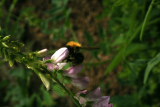
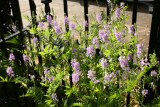
.JPG)
.JPG)
.JPG)
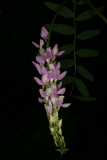
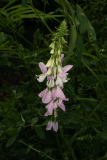
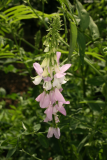
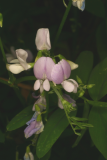
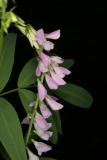
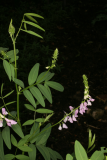
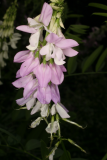
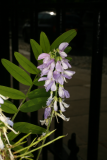
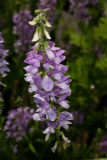
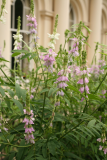

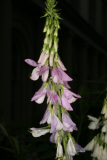
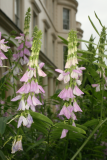
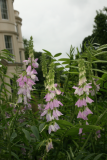
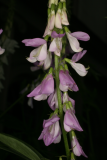
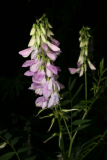

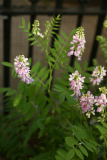
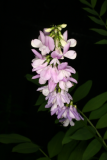
.JPG)
.JPG)
.JPG)
